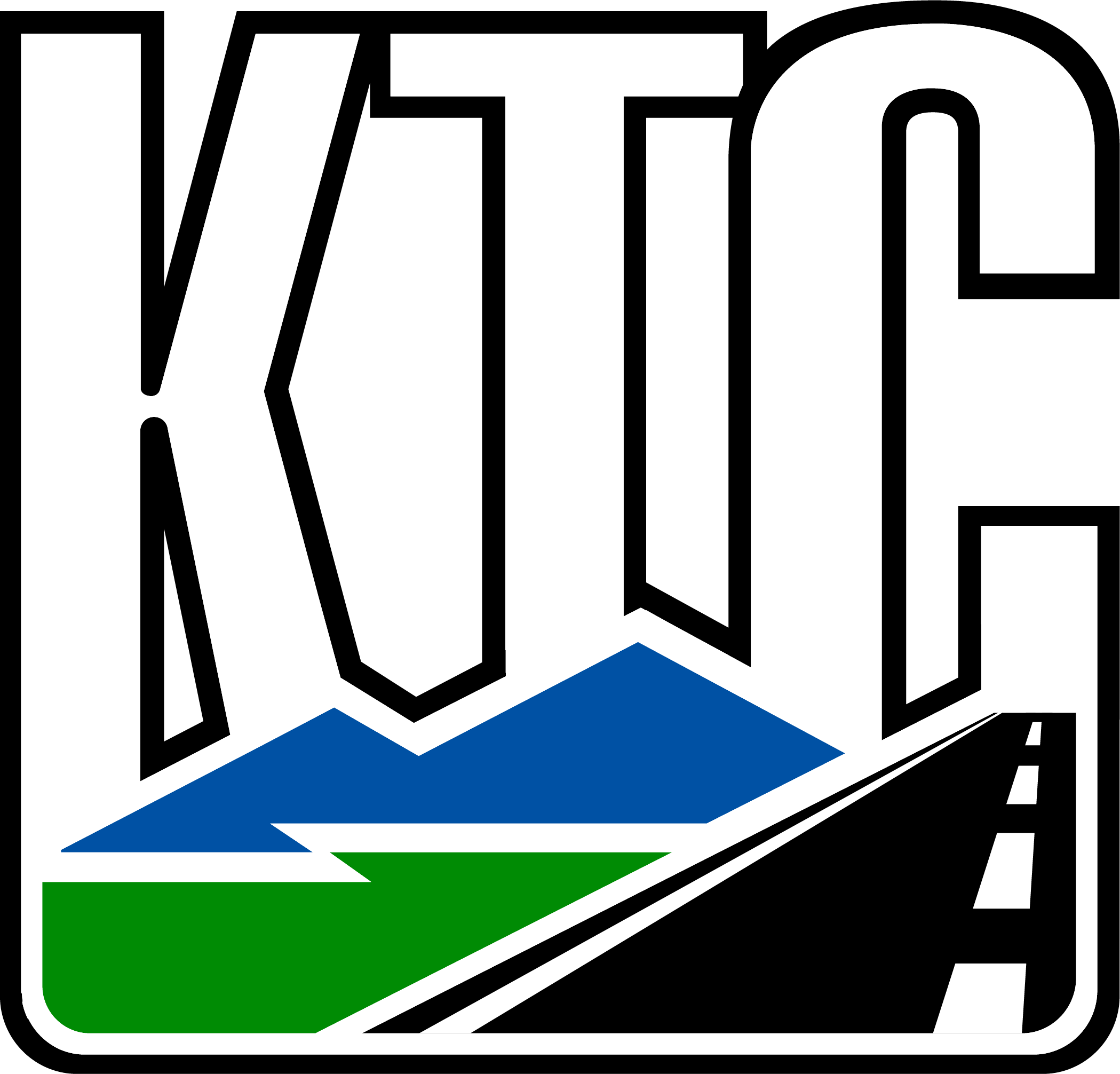- Many motorists base curve speeds on their perception of road features and the apparent curve radius. The apparent curve radius is the radius as seen from the motorists’ perspective.
- Topography and road elements can distort the apparent radius, making it look sharper or flatter. This issue is pronounced on combination curves. For example, a vertical curve superimposed on a horizontal curve. In this case, the horizontal curve looks flatter than it is.
- Pay close attention to sag horizontal curves whose apparent horizontal radius differs from radius specified in plans. Consider lowering posted speeds to encourage speed reductions.
- Figures 6.1 and 6.2 are nomographs that indicate combinations of vertical and horizontal curve radii that produce apparent radii conducive to unsafe curve entry speeds.
- Table 6.1 summarizes the influence of different design elements on curve perception.

Figure 6.1 Acceptable and Unacceptable Combinations of Horizontal – Sag Vertical Curve Radii from Long Tangent
Figure 6.2 Acceptable and Unacceptable Combinations of Horizontal – Sag Vertical Curve Radii from Preceding Curve
| Table 6.1 Effect of Design Elements on Curve Perception | |
|---|---|
| Element | Effect |
| Superimposed Vertical Sag |
|
| Cross Slope |
|
| Superimposed Vertical Crest |
|
| Deflection Angle |
|
| Delineators |
|
| Spiral |
|
| Signage |
|
CONTACT:
Chris VanDyke
Research Scientist | Program Manager
chrisvandyke@uky.edu


